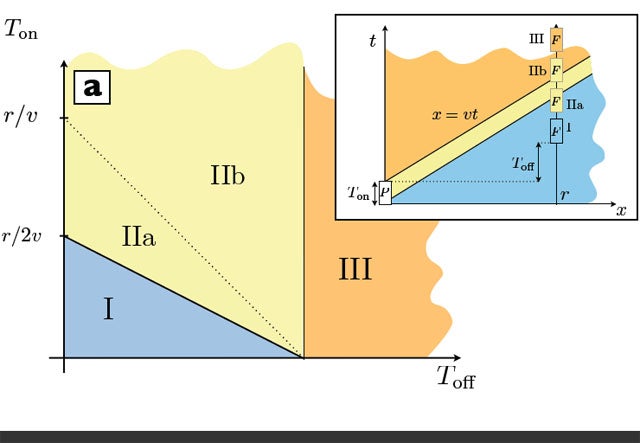A research team including IQC postdoctoral fellow Eduardo Martin-Martinez recently demonstrated quantum entanglement between particles that exist at different points in time.

Martin-Martinez and his colleagues demonstrated that entanglement not only exists between quantum particles across space, but can actually connect particles that exist at different points in time, by making them interact only with the “quantum vacuum.”.
“The most shocking aspect is that the entanglement is possible even if the two qubits never coexisted at the same time,” says Martin-Martinez, who was recently awarded the prestigious Banting Postdoctoral Fellowship for his work in quantum theory and quantum optics.
The research was largely conducted by Martin-Martinez and three colleagues —Carlos Sabin, Marco del Rey and Borja Peropadre— at Spain’s Instituto de Fisica Fundamental, and they finalized their results after Martin-Martinez joined IQC in 2012.
In Physical Review Letters, the researchers explained how to use superconducting circuits to confirm something previously only understood in theory — quantum correlations of fluctuations in a vacuum across time and space.
They extracted quantum correlations from to two superconducting qubits to achieve a past-future entanglement.
“Two qubits never interact with each other directly — and they don’t even have to know about one another — even if one qubit is destroyed before the next is switched on.”
It’s a counter-intuitive idea, admits Martin-Martinez, but it could have very valuable applications in future technologies.
“The use of vacuum correlations may lead to new forms of quantum memories in the near future — a future in which the role of quantum technologies is bound to become more and more prominent.”